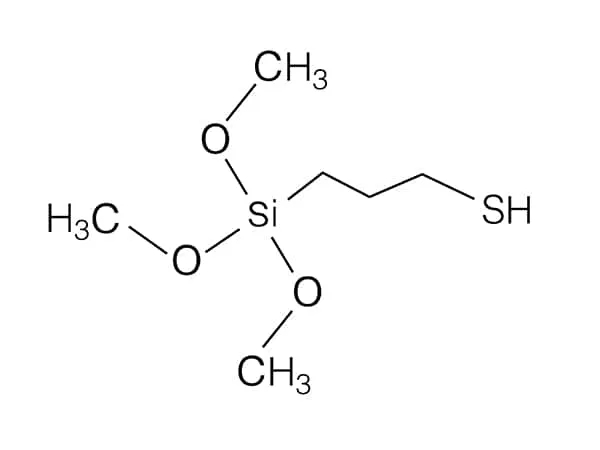In the competitive world of industrial and decorative coatings, achieving long-lasting protection and aesthetic appeal is paramount. Silane coupling agents have emerged as game-changers, enabling coatings to bond more effectively with diverse substrates while resisting environmental stressors. By bridging organic resins and inorganic surfaces, these additives unlock unprecedented performance in corrosion resistance, UV stability, and mechanical strength.
Key Applications in Coatings
1. Anti-Corrosion Metal Coatings
Mechanism:
Silanes like 3-glycidoxypropyltrimethoxysilane form covalent bonds with metal oxides (e.g., steel, aluminum) and polymer matrices (epoxy, polyurethane).
Hydrolyzed silanol groups react with hydroxylated metal surfaces, creating a hydrophobic barrier against moisture and ions.
Performance Benefits:
Salt Spray Resistance: Extends protection to 2,500+ hours (ASTM B117), outperforming traditional zinc-rich coatings.
Adhesion Strength: Improves cross-cut adhesion to ISO Class 0 (ISO 2409) on galvanized steel.
Case Study: A marine coatings manufacturer reduced rust formation by 90% on ship hulls using silane-modified epoxy primers.

2. Architectural Coatings for Concrete and Masonry
Function:
Amino-silanes (e.g., 3-aminopropyltriethoxysilane) enhance adhesion of acrylic and silicone coatings to porous substrates.
Silane-treated coatings penetrate microcracks, forming a water-repellent "breathable" layer that prevents efflorescence.
Advantages:
Weathering Resistance: Maintains color retention after 5,000 hours of QUV accelerated weathering (ASTM G154).
Hydrophobicity: Reduces water absorption by 70% (EN 1062-3), critical for exterior facades in humid climates.
Industry Example: A European construction firm achieved 15-year warranty claims on silane-modified exterior paints for high-rise buildings.
3. High-Performance Automotive Clearcoats
Innovation:
Methacryloxypropyltrimethoxysilane improves scratch resistance and UV stability in polyurethane clearcoats.